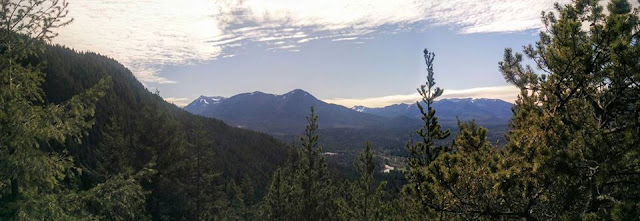While we were all too busy being distracted by Sesame Street scandals:
and Sesame Street holidays:
and whatever-exactly-it-is-that-Elmo-brings-to-the-equation:
While we were all distracted by that stuff, Sesame Street was apparently out there quietly taking over planet Earth.
Did you know that there are multiple versions of Sesame Street outside of the US? Everywhere from Bangladesh to Russia?
Did you know that Sesame Workshop's international outreach efforts are partly funded by the US government?
Did you know Sesame Street has an Executive Vice President of Global Impact and Philanthropy? As a show helmed by a gigantic talking bird, I had assumed its management consisted of a small group of hippies and theatre dorks who hang around using weird fake voices and cutting out felt fabric and making up new ways to talk about the alphabet letters. In reality, Sesame Street has an entire office full of policy-oriented humans from backgrounds like the Council on Foreign Relations and UNICEF, and they are all busily trying to find ways for the show to make the world a better place.
There is a Sesame Street Afghanistan (mind blown), and it recently announced a new character named Zari.
She's fun and smart and curious, but most importantly she's a SHE, and she's getting an education. In a nation where 85% of women never have a chance to go to school, and where less than a quarter of women are literate, but more than 80% of children have watched Sesame Street, adding a schoolgirl character like Zari is a HUGE thing.
What if they had learned that girls can be fun and smart and curious and go to school?
What if they had learned that simply wearing a hijab headscarf doesn't make someone a scary terrorist?
What if they had learned that red, orange, yellow, green, blue, and purple muppets and puppets and birds and a Count and a garbageman can all hang out together conflict-free?
What if the entire future direction of a nation is determined by what its children are learning right now?
Well played, Sesame Street. Go take over the world.
 |
| "They are not gay. They are not straight. They are puppets. They don't exist below the waist." ~ Gary Knell, Sesame Workshop President and CEO |
 |
| Your family isn't the only one with awkward Thanksgiving dinners. |
 |
| So. Much. Senseless. Tickling. |
Did you know that there are multiple versions of Sesame Street outside of the US? Everywhere from Bangladesh to Russia?
Did you know that Sesame Workshop's international outreach efforts are partly funded by the US government?
Did you know Sesame Street has an Executive Vice President of Global Impact and Philanthropy? As a show helmed by a gigantic talking bird, I had assumed its management consisted of a small group of hippies and theatre dorks who hang around using weird fake voices and cutting out felt fabric and making up new ways to talk about the alphabet letters. In reality, Sesame Street has an entire office full of policy-oriented humans from backgrounds like the Council on Foreign Relations and UNICEF, and they are all busily trying to find ways for the show to make the world a better place.
There is a Sesame Street Afghanistan (mind blown), and it recently announced a new character named Zari.
She's fun and smart and curious, but most importantly she's a SHE, and she's getting an education. In a nation where 85% of women never have a chance to go to school, and where less than a quarter of women are literate, but more than 80% of children have watched Sesame Street, adding a schoolgirl character like Zari is a HUGE thing.
What if they had learned that girls can be fun and smart and curious and go to school?
What if they had learned that simply wearing a hijab headscarf doesn't make someone a scary terrorist?
What if they had learned that red, orange, yellow, green, blue, and purple muppets and puppets and birds and a Count and a garbageman can all hang out together conflict-free?
What if the entire future direction of a nation is determined by what its children are learning right now?
Well played, Sesame Street. Go take over the world.




















